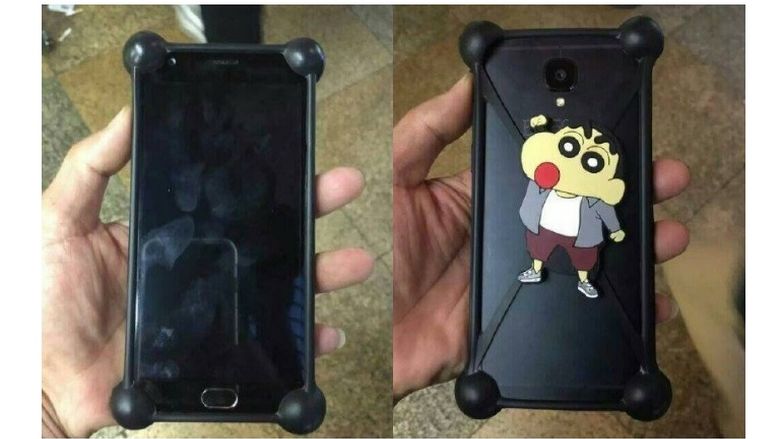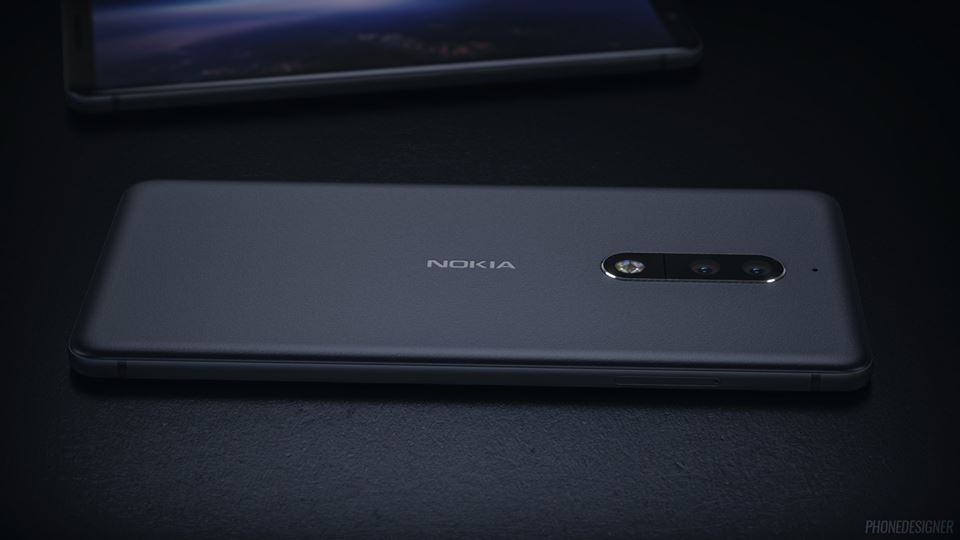From few months, OnePlus 3 is actually more hyped that the OP2 now and it seems that everyone is so damn excited about it already! And Leaks…The Geek’s Love just actually helps us to get more close to the device and its release and here’s one you just cant miss! The OnePlus 3 retail unit is leaked and it seems that after Samsung, Its OnePlus’s turn to copy HTC design language… Phew!
The OnePlus 3 could stray far away from its predecessor’s design path, if a collection of freshly leaked live pics is to be trusted. Unfortunately, some of the images star the handheld in protective attire, while the others that seem to be showing it in full, unobstructed glory are just a little too bland to feel legit.

This is not a manufacturer that likes to do things low-profile, so ditching the OnePlus 2’s elaborate rear camera arrangement in favor of a way simpler snapper with a tiny single flash underneath it and no laser autofocus screams hoax.
Similarly, it’d be unusual to see OnePlus all of a sudden adopt a “classical” full-metal build after spending so much time marketing sandstone, ceramic and “Onyx” glass materials. The HTC or iPhone-evocative antenna bands on the back look fake, the lack of a logo does too (though this might still be a very early pre-release prototype), whereas the front panel… could actually be the real deal.

A physical home button is there, almost surely concealing a fingerprint scanner, the bezels are relatively slim, the screen is large but not massive, probably at 5.5 inches or so, and it’s thus all on the believable side. The same goes for a series of photos purportedly showcasing the phone’s retail packaging, even if they’re so easy to manipulate and don’t reveal important things about the OnePlus 3 anyway.

Let us see what you guys are willing the OnePlus 3 to bring or your thoughts on this brand new leak in the comments! 🙂





Wow! The box looks so dope , what about the phone!